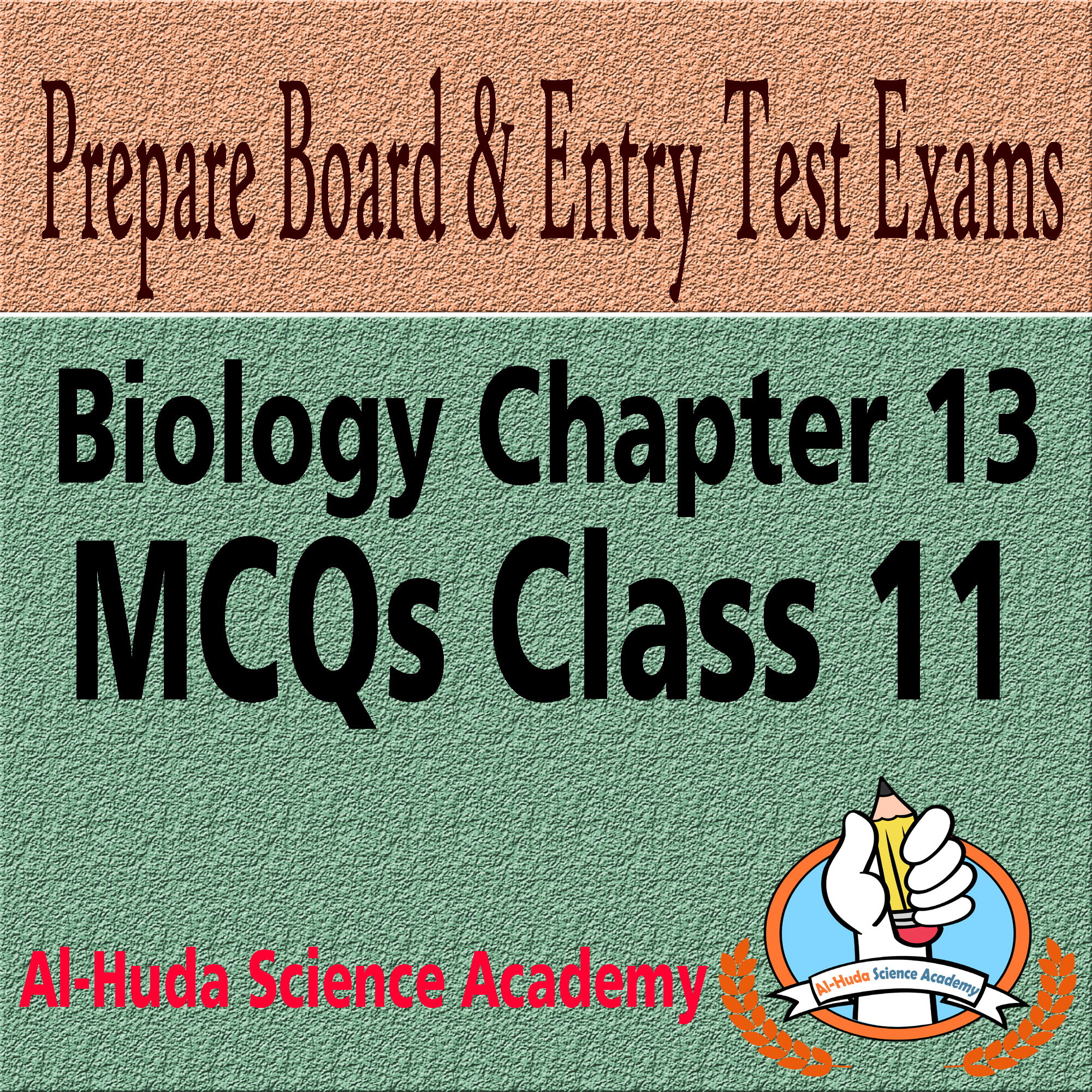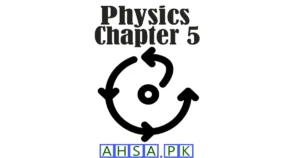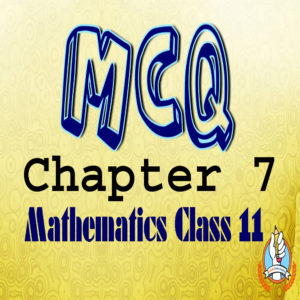Al-Huda Science Academy is focusing not only on short questions and long questions but also on Biology Chapter 13 MCQs Class 11. Entry Tests required a lot of effort on Multiple Choice Questions that should be of conceptual in nature. The users can participate without login to MCQs test. All MCQs are taken from the past papers of Punjab Boards. Chapter 13 of F.Sc Part 1 Biology is based on Gaseous Exchange.
Biology Chapter 13 includes
- Need for respiratory gaseous exchange
- Advantages and disadvantages of gas exchange
- in air
- in water
- Gaseous exchange in plants
- Respiratory organs in
- Aquatic animals
- Terrestrial animals
- Mechanics of voluntary and involuntary regulation of breathing in man
- Transport of respiratory gases
Biology Chapter 13 MCQs Class 11
Results
#1. How much air is held by lungs when they are fully inflated in man:
#2. Water is more viscous than air:
#3. During photorespiration, glycolate diffuses into the membrane bounded organelle named as:
#4. Breathing rate in man at rest is :
#5. The main site of exchange of gases in plants are:
#6. The exchange of gases(CO2 and O2) between the organism and its environment is called:
#7. Oxygen content of fresh air are:
#8. When oxygen saturation is100 mm of mercury then haemoglobin saturation is:
#9. Haemoglobin in man increases oxygen carrying capacity of the blood to about:
#10. Respiratory activity which occurs in plants during day time is called:
#11. The complex cartiligenous structure at the upper end of trachea is called:
#12. Blood contains oxygen per 100 ml of blood when haemoglobin is 98% saturated:
#13. The most efficient and highly modified for gaseous exchange in aquatic animals are:
#14. A litre of H2O contains ml of oxygen:
#15. A process in which riboluse biphosphate carboxylase/oxygenase (rubisco) fixes oxygen instead of carbondioxide is called:
#16. All of the following contain cartilage except:
#17. Oxygen content of fresh air is about _______ ml per litre as compared with water media:
#18. The total lungs capacity of air is:
#19. Air space between mesophyll cells of leave comprise upto:
#20. The normal alveolar ventilation is regulated by:
#21. The volume of air taken inside the lungs and expelled during exercise is about:
#22. Which one is the structure of respiratory system of man:
#23. All are made up of cartilage except:
#24. The diameter of bronchiole is:
#25. percentage of carbon dioxide carried in the form of bicarbonate in plasma is:
#26. ______ is more important regulator of breathing process:
#27. Exhaled air contains CO2:
#28. Tuberculosis is the disorder of:
#29. Plasma proteins carry about % CO2 from body fluids into lungs :
#30. Myoglobin occurs in:
#31. In human beings, the respiratory pigment is:
#32. Emphysema is the breakdown of:
#33. The floor of chest cavity in man is:
#34. More than ten compounds of tar of tobacco smoke are included in causing:
#35. Oxygen diffuses many times more quickly in air than in water:
#36. When equal intesities of light are given more photosynthesis takes place in spectrum:
#37. 100 ml of arterial blood of human being contains CO2:
#38. Chlorophyll a is:
#39. Carbon dioxide per 100 ml of venous blood is:
#40. In human body percentage of nitrogen accounts for:
More MCQs for Class 11
You can comment below or Contact Us anytime about your queries.
Ahsa.pk has also launched question area where you can Ask Any Question related to any field of your interest.








